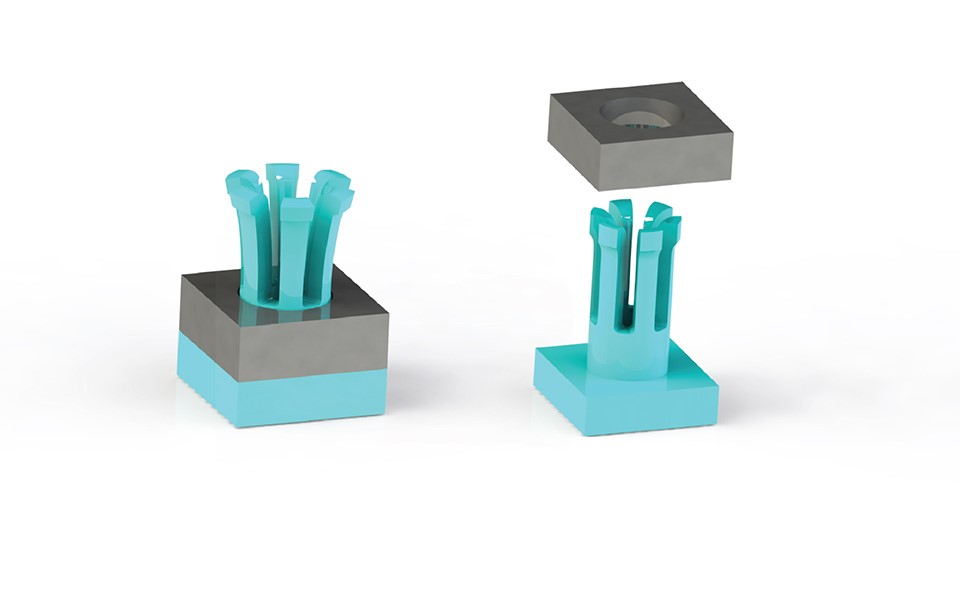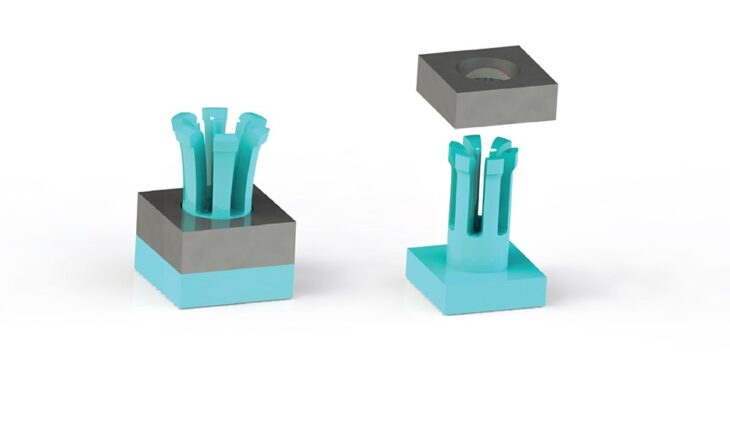
Texas A&M and Sandia National Laboratories collaborate on interlocking metasurfaces research.
Forget bolts and adhesives. Interlocking metasurfaces (ILMs) are the joining technology of the future. Developed at Sandia National Laboratories, ILMs could change mechanical joint designs in aerospace, robotics and even biomedical devices.
Now, in a joint research project between Sandia and Texas A&M University, engineers and materials scientists have developed a new type of ILMs using shape memory alloys.
“ILMs are poised to redefine joining technologies across a range of applications, much like Velcro did decades ago,” said Ibrahim Karaman, a professor of materials science and engineering at Texas A&M in a press release. “Our research demonstrates that these ILMs can be selectively disengaged and re-engaged on demand while maintaining consistent joint strength and structural integrity.”
In their original formulation, ILMs were passive, requiring force for engagement. However, with 3D printing, the research teams designed and fabricated active ILMs using nickel-titanium shape memory alloys, which recover their original shapes after deformation with the application of heat. Controlling ILMs in this way opens new possibilities for smart, adaptive structures.
“Active ILMs have the potential to revolutionize mechanical joint design in industries requiring precise, repeatable assembly and disassembly,” said Abdelrahman Elsayed, a graduate research assistant at Texas A&M, in the same release.
Potential applications include reconfigurable aerospace components, flexible and adaptable joints for robotics and adjustable biomedical implants and prosthetics. The researchers are hoping that they can build on their initial findings by using the superelasticity of shape memory alloys to create ILMs that can both withstand severe deformation and automatically recover under high stress.
“Achieving superelasticity in complex 3D-printed ILMs will enable localized control of structural stiffness and facilitate reattachment with high locking forces,” said Karaman. “Additionally, we expect this technology to address longstanding challenges associated with joining techniques in extreme environments. We are highly enthusiastic about the transformative potential of ILM technology.”
The research is published in the journal Materials & Design.





